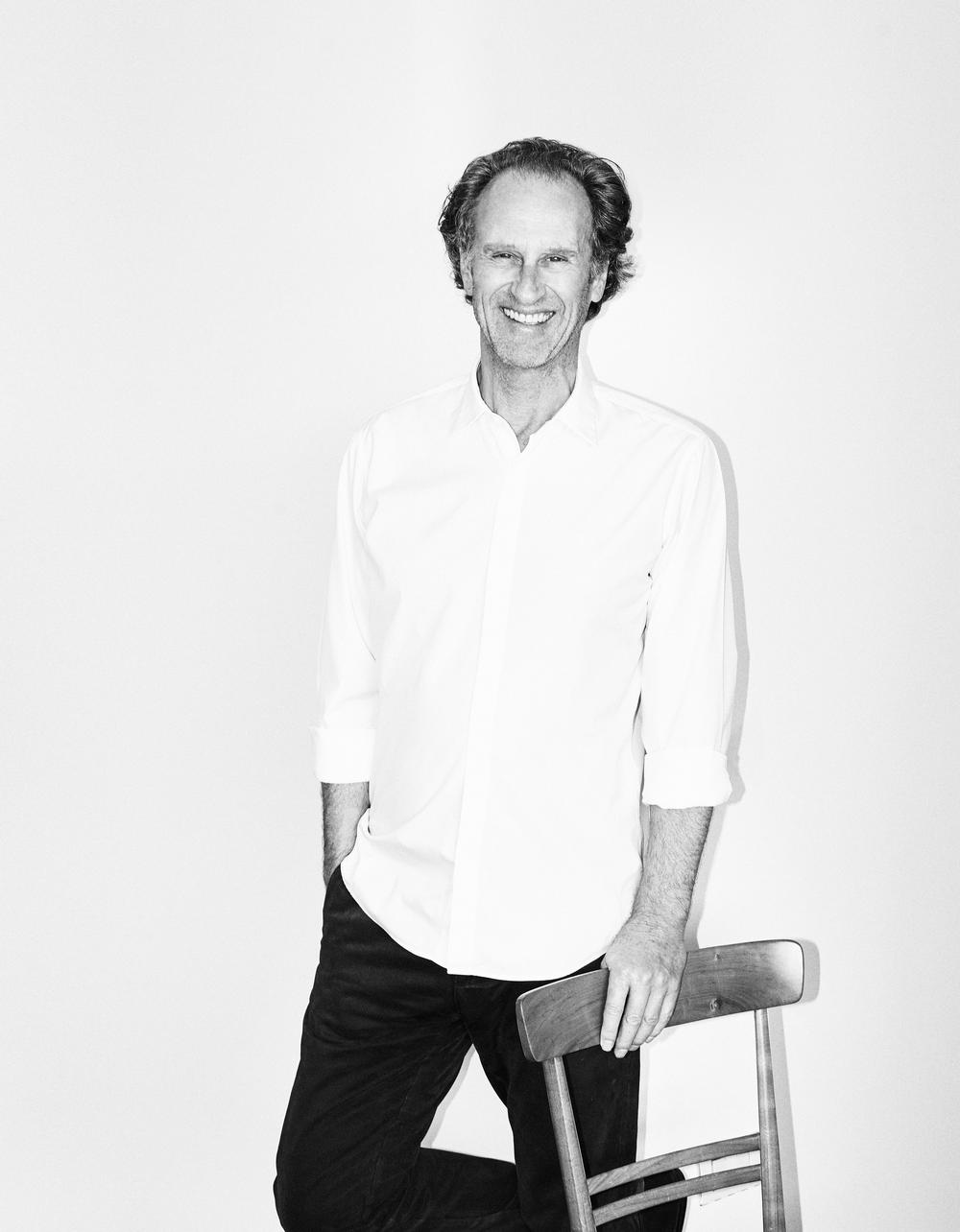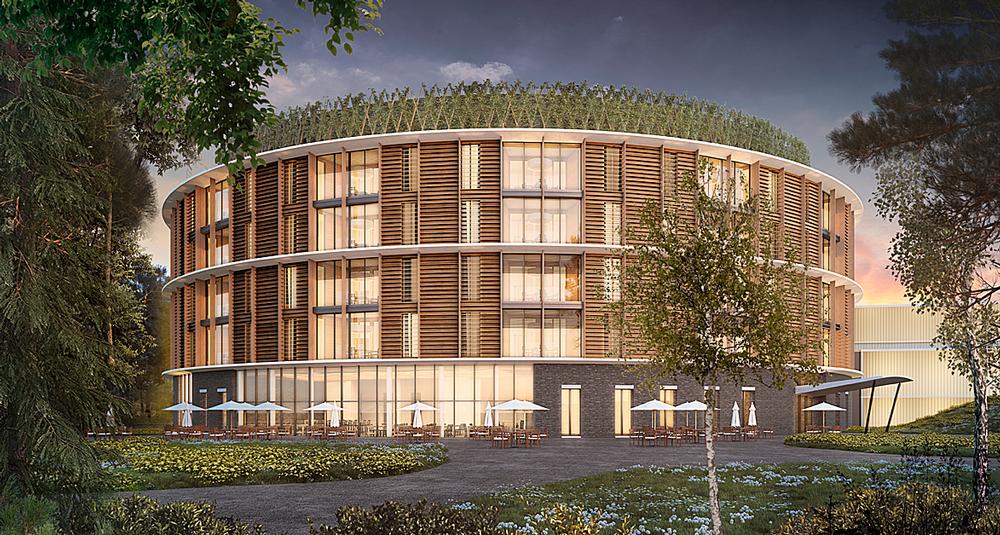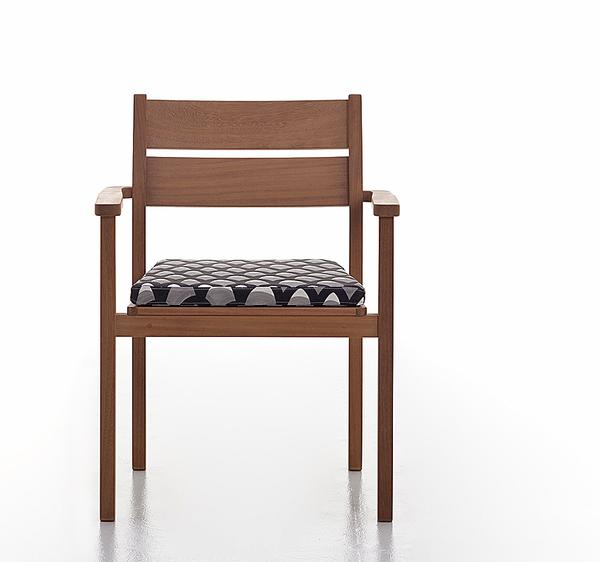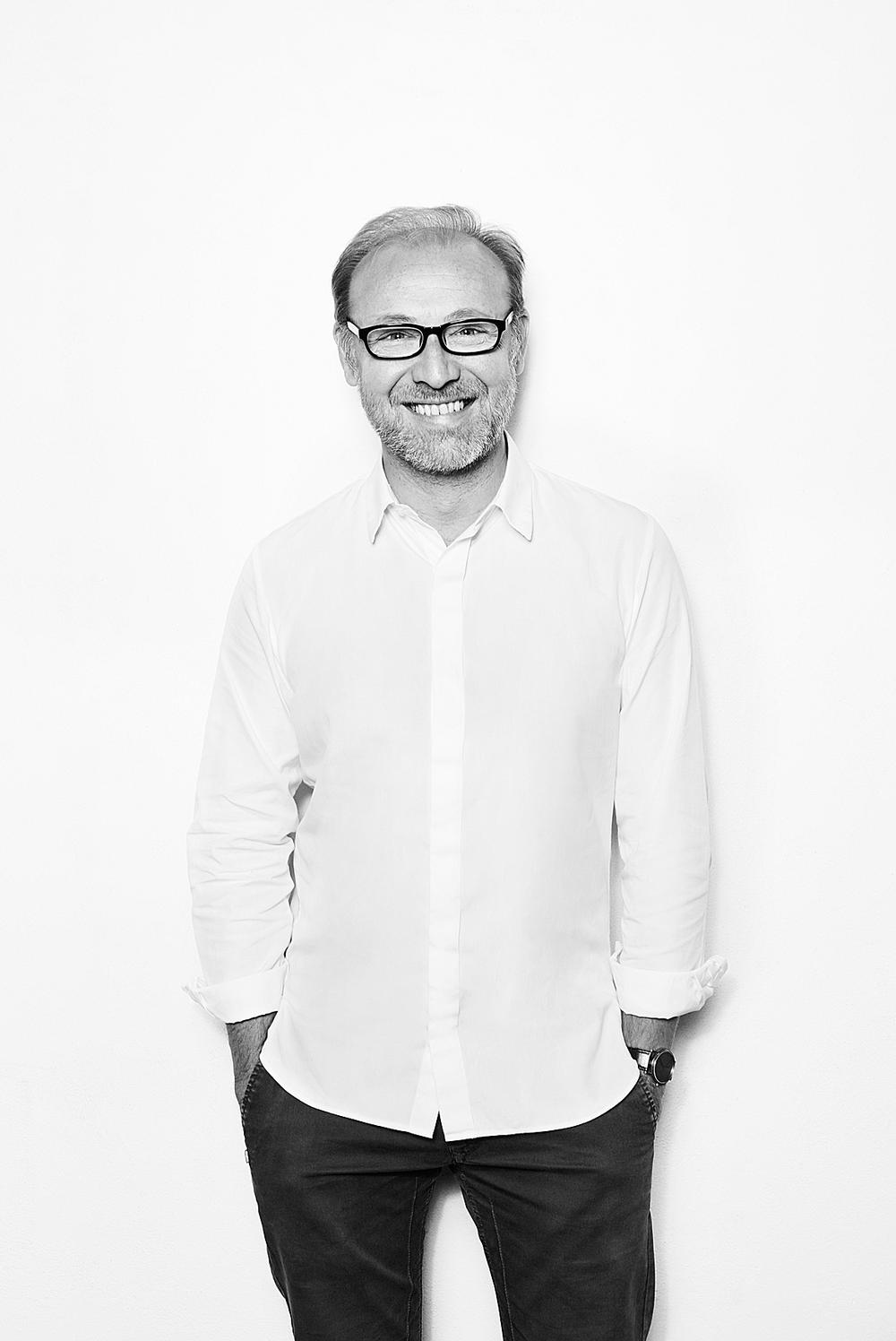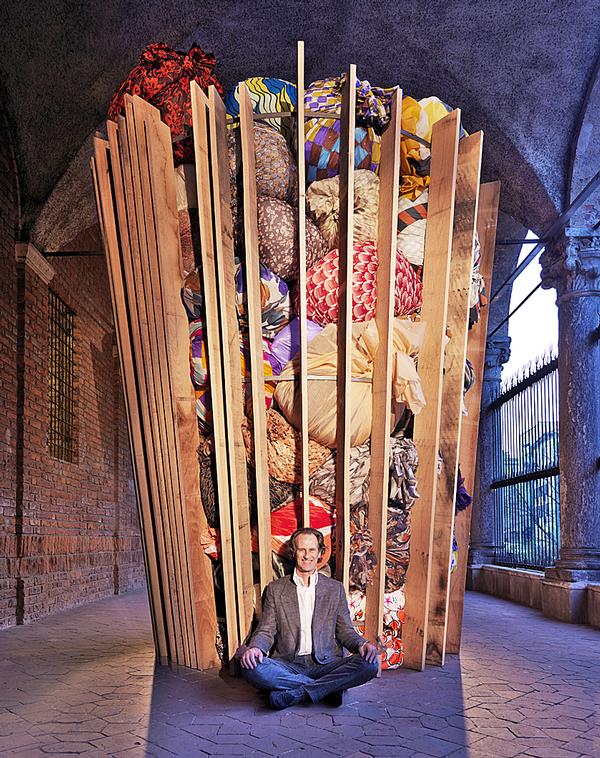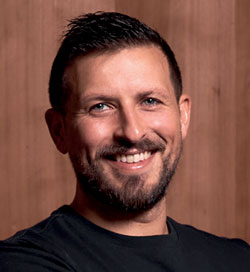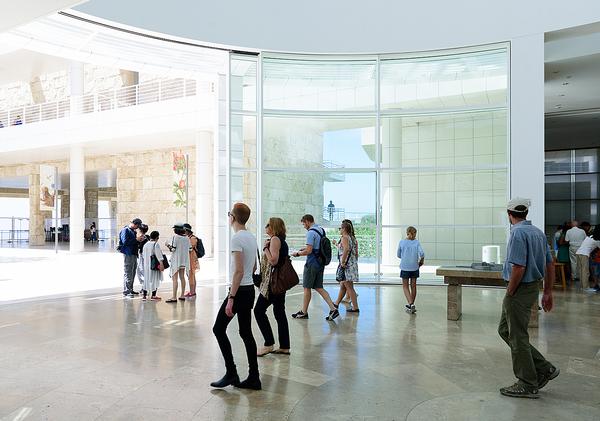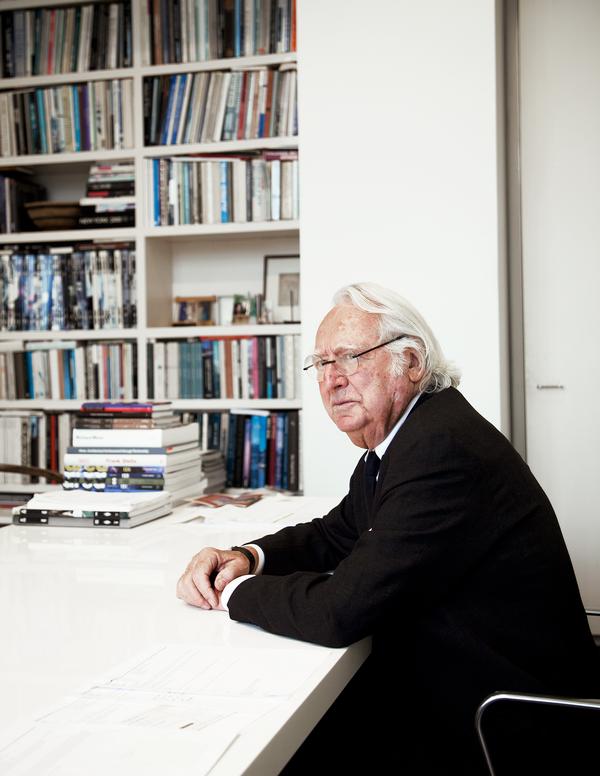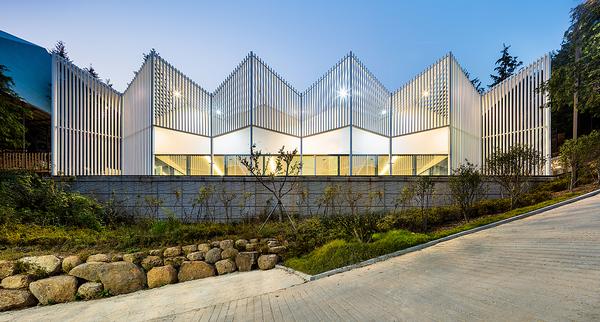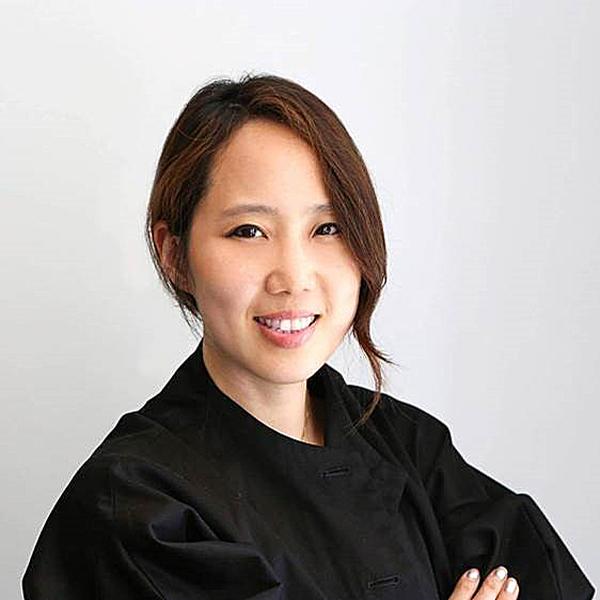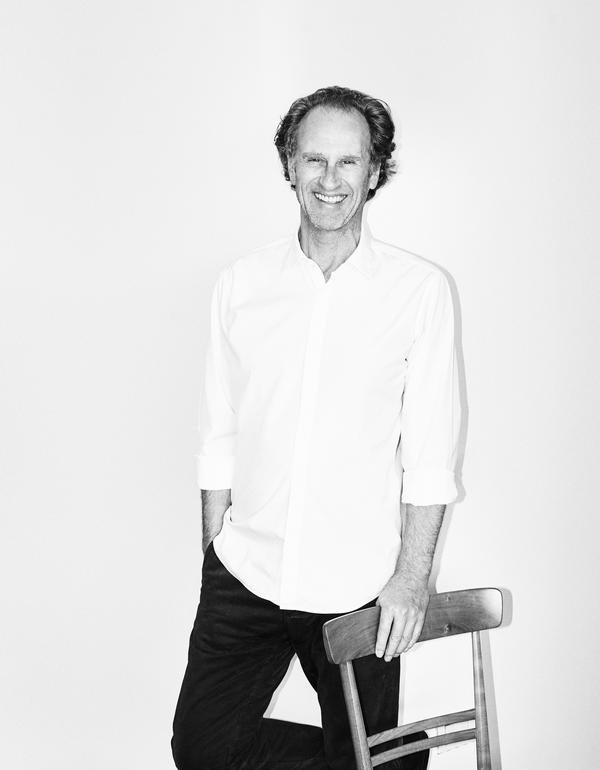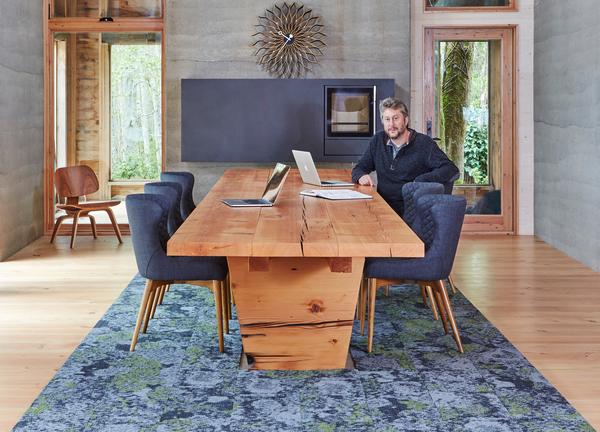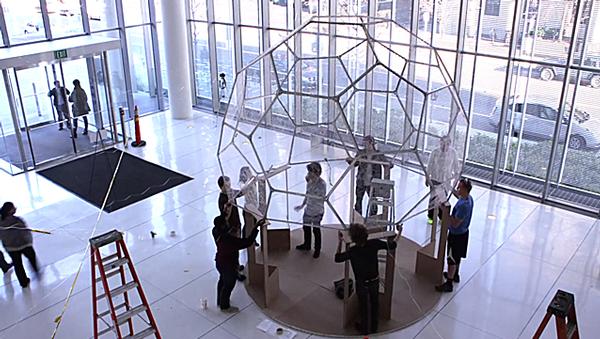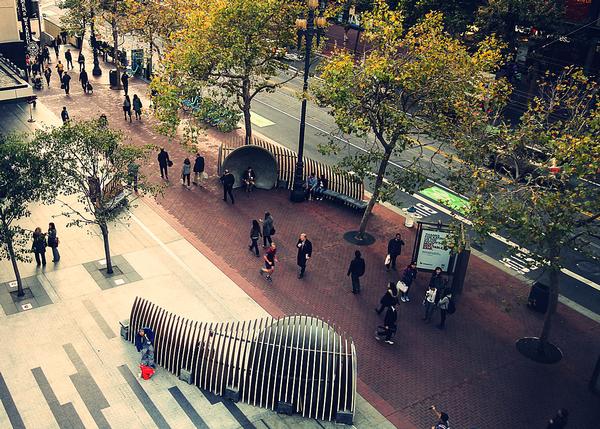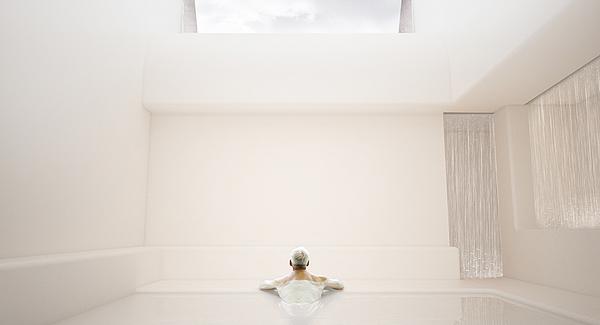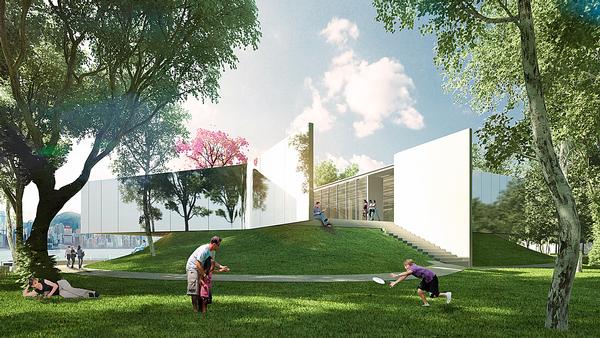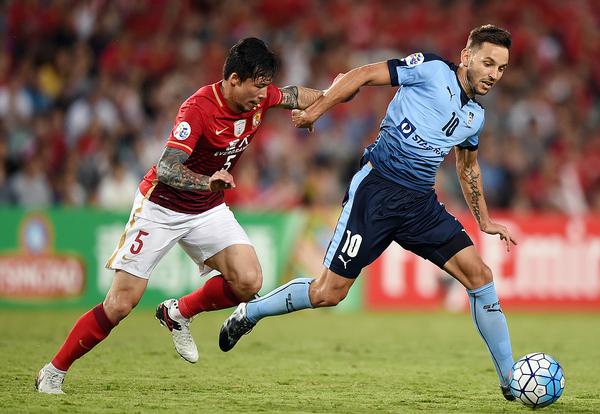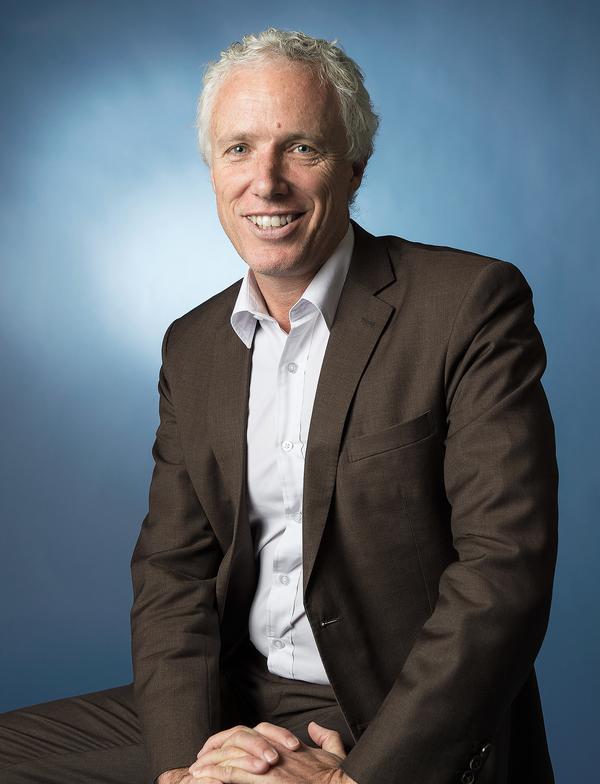Profile
Matteo Thun
For Italian architect and designer Matteo Thun, less really is more. He tells Kim Megson about designing durability, embracing Zero Design and dreaming of ‘Botanic Architecture’
Matteo Thun is one of Europe’s best-known hospitality architects, and over the past 20 years has worked on celebrated projects and masterplans including the award-winning JW Marriott Resort & Spa in Venice. Together with Spanish designer Antonio Rodriguez, he leads Matteo Thun & Partners – a firm of more than 70 people with offices in Milan and Shanghai. The studio embraces sustainability and aesthetic simplicity through an approach they call ‘Zero Design.’
To mark the recent opening of the Waldhotel Health & Medical Excellence hotel in Switzerland and the launch of his new furniture brand, Atelier Matteo Thun, the architect met with CLAD to talk about his philosophy and plans for the future.
Can you explain the concept of Zero Design?
The main qualities of Zero Design are simplicity, a sense of lightness and durability. In all our work – whether it’s a building, a table, or something else – we create things that people can understand and use intuitively. It’s almost a subconscious reaction: we try to create timeless icons.
When you see a building, or enter a hotel room and see the furniture, you know in a split second whether you like or dislike it. We want people to feel a connection and sense of warmth to the products we make and the spaces we create.
How do you build durability into your projects?
There are two types of durability. The first is aesthetic. We try to avoid ‘isms’ like Brutalism or Deconstructivism, because they are in favour only for a short while. That means most furniture products have a life cycle of fewer than five years. The majority of what’s revealed every year at the furniture fair in Milan will be out of fashion a few years later. In fact, objects are tested during the week of the fair to see what people think of them, and the majority of what is shown will never actually be put into production. I think companies that do that haven’t placed any trust in their vision or their competence.
Our approach of ‘Zero Design’ or ‘no design’ – whatever you want to call it – is related to our desire to guarantee a maximised life cycle for the furniture we design. We want a longer life cycle for every product, even if it means business is slower for the furniture, fixtures and equipment suppliers, because durability is sustainability. That in turn allows for the second type of durability: affordability.
Whatever product we do, we know that it is good quality, well priced and will still be used and loved in five, 10, 15, 20 years and beyond.
I am always inspired by my Chiavari chairs at home, because they’re old, but they can’t be categorised into any particular style, nobody knows who designed them and they weigh very little.
The design of them is like an elegant gazelle. They will survive for a century. Even my wild boys can’t destroy them!
How do you choose who you partner with when producing furniture?
We like to work with people who offer value for money, have some tradition of hand craftsmanship and are used to producing furniture for 3, 4 and 5 star hospitality budgets.
We enjoy working with companies with a Made In Italy heritage, who share our passion for designing with wood. I desperately want to avoid plastic becoming any more popular!
Wood is the material for the 21st century. With furniture, it’s all about touch. Goethe came up with the idea that you touch with eyes and see with fingers, and that’s perfectly true.
Healthcare to come
Matteo Thun & Partners are designing several medical buildings, including the Waldkrankenhaus hospital campus in Eisenberg (right). Situated in the middle of the Thuringia forest, it will be the largest university orthopedic centre in Europe and has been designed like a hotel
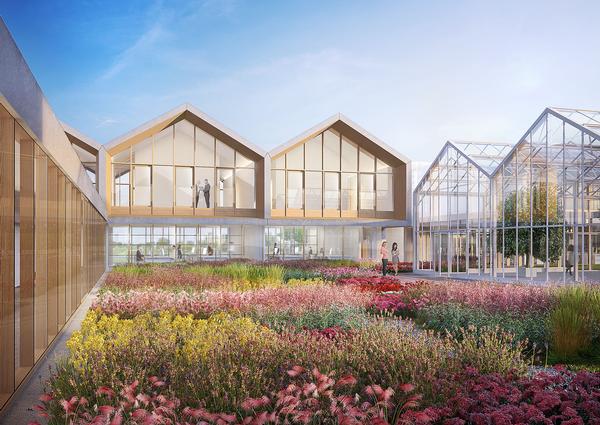
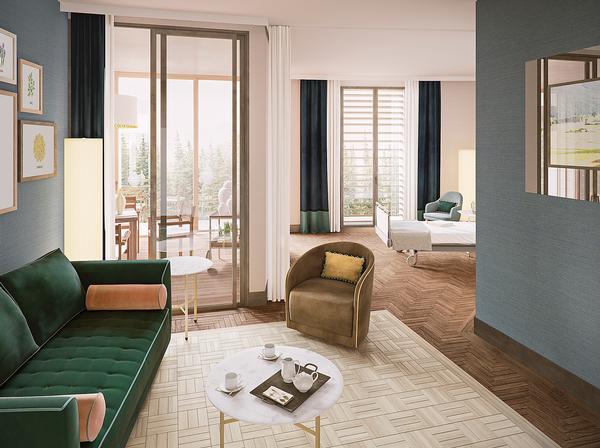
The Waldhotel
Built as one of the new hotels at the vast Burgenstock Resort, 500m (1,600ft) above Lake Lucerne, the Waldhotel is a striking, environmentally friendly building dedicated to health and wellbeing.
Based on the belief of the healing power of convalescing in scenic surroundings, The Waldhotel makes use of its quiet forest location and views. Thun has designed the hotel to be gradually enveloped by the surrounding greenery; the limestone that was removed to construct the hotel has been used in the walls, and the façade is made from local wood with external plantings and green roofs that will grow as the hotel ages.
Does this Zero Design approach also translate to your building projects?
Yes, of course. They have the same qualities of durability, simplicity and sustainability. For example, the Waldhotel, which has just opened, is a very simple design concept.
As part of the Zero Design for this project, we’ve also committed to Zero Waste, reducing rubbish, recycling and carefully managing the lifecycle of materials; Zero Kilometres, ensuring the hotel was built using local construction materials and local labour and that local herbs and vegetables are used in the restaurant and for spa treatments; and Zero Carbon Dioxide.
I’m very excited because it looks like the hotel will achieve profitability after just a few years. Guests are making reservations all year round, not just in the traditional high season, so the business case for our approach is very interesting.
I’m not saying our architecture is good or bad, but guests will enjoy it. All the terrace rooms have views of the Alps and are exposed to the sun. They have as much natural light as possible because the sun generates life. Meanwhile, the façade of this huge building – 11 levels and 160 rooms – will disappear into the landscape in 10 to 15 years.
That’s another dream of mine: the idea of botanical architecture. I believe that nature is stronger than architecture. I often let nature take over my buildings.
How does botanical architecture compare with the vertical forest movement?
Our landscape architect was asked by the mayor of Milan to give his expertise about the vertical green concept, and his advice was ‘don’t do it, because trees cannot survive at such heights with high winds’. The running and maintenance costs are so high that it becomes very hard to afford these buildings.
In contrast, botanical architecture is about being respectful to nature and leaving it to develop naturally, rather than forcing it to grow where it doesn’t belong.
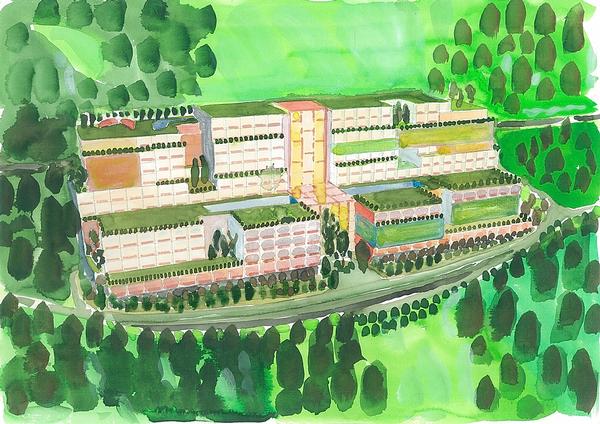
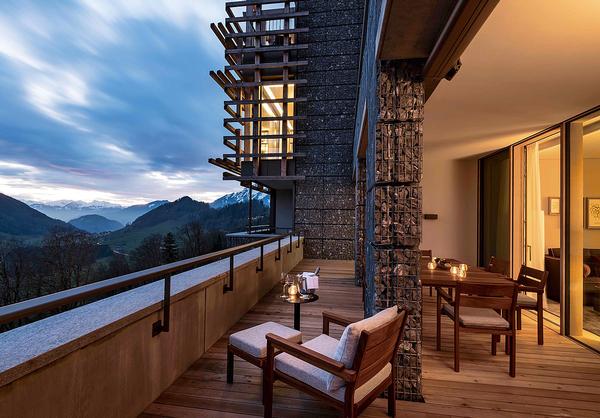
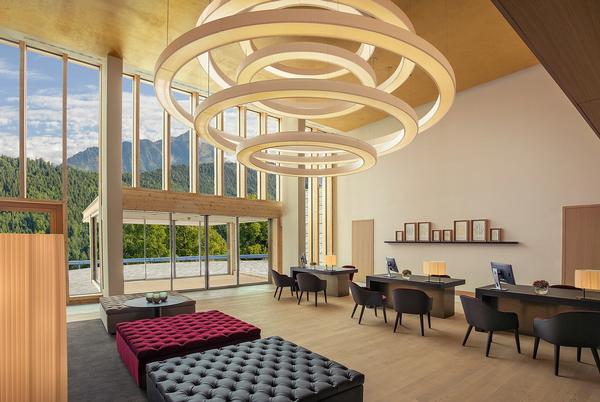
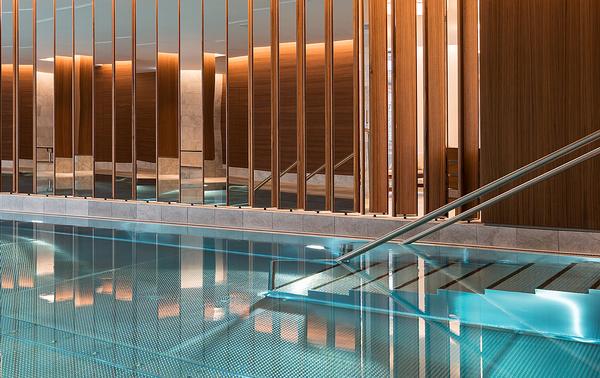
Bringing wellness to Bavaria
In the Bavarian spa town Bad Wiessee, situated on the shores of Lake Tegernsee in the south of Germany, Thun is working on two major projects dedicated to health and wellness. The first is a private hotel, spa and medical centre that, following the philosophy of botanical architecture, will blend into the existing landscape. The horizontal buildings will feature pergolas, plants and functional green roofs that become a fifth façade.
Thun has also been commissioned with the design of an iodine-sulfur bathing spa, which will include several treatment cabins for medical and wellness treatments. Natural materials like wood and natural stone, together with indirect lighting solutions, will create a welcoming atmosphere. The landscape design will integrate the existing flora, and we will take advantage of the natural presence of water, which will flow through the private patios of the various treatment cabins.
Will botanic architecture be adopted in your projects in Bavaria?
Absolutely. As with 90 per cent of our projects, all you will see in the façade of the hotel and spa is a prefabricated wood construction – which is a cheaper, faster and more sustainable way to do things, and can bring the completion date forward by a year compared to using cement. Once it is built, we will again let nature take over.
There is a power and energy to this location, related to magnetic fields and the huge mountains and the lake. The houses around it are some of the most expensive real estate properties in Germany. It’s a very safe place, you have wonderful sun, you have great skiing opportunities in winter and nature is still in good shape. There’s a lot of soul to this place, and that is always our starting point when developing a design. You have to start from scratch every time. That’s why our job is so fun.
In our design process we have drawn a lot from typical Bavarian culture. They like to drink beer, have fun, taste excellent food. They’re quite colourful, they like playing music, they like horses, they like farming, they have a very strong relationship with nature. We want to reference all of these aspects.
As a designer working in the hospitality sector, what are the biggest challenges you face?
As an architect, you’re caught in a triangle with the investor and the management company. The investor says ‘I’ll give you €100’, but the management company says, ‘to achieve my revenue I need €110.’ The designer is in the middle, trying to protect their vision. It’s constant cost engineering, making sure you keep on this very narrow path to keep the quality alive. If you fall, the project dies.
Can budget restrictions be helpful?
You always need a reasonable budget to protect the quality of your work. Without that, it’s impossible. I’ve been dealing with the investor of a new hotel, and he wants to invest 25 per cent under what we need to realise our vision. I told him that, and maybe he’ll cancel the job, but if you want the best quality design, you have to be prepared to pay for it.
Did you always want to be an architect?
No, I wanted to be a pilot! My mother said try for one year to do architecture, because that was her career, so I started as an engineer and then switched to architecture two years later. I like my job, but flying would still be my favourite.
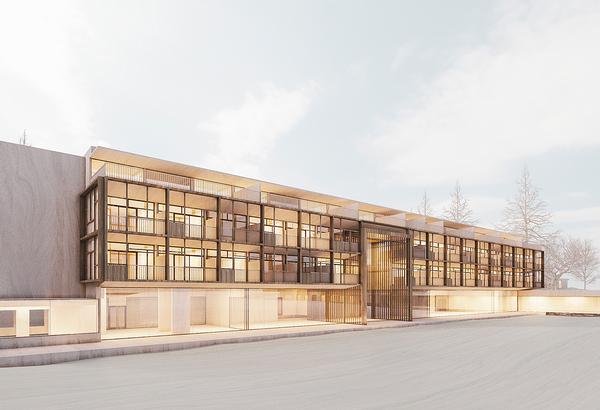
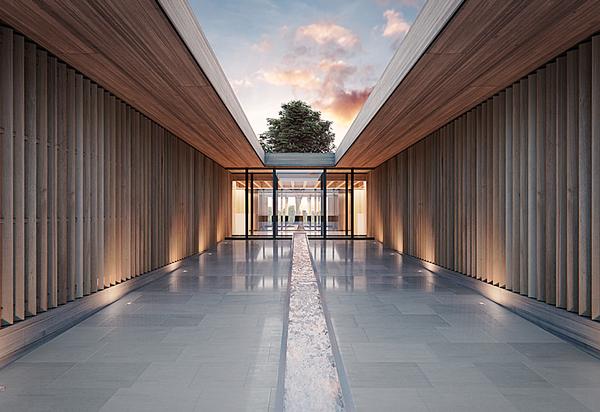
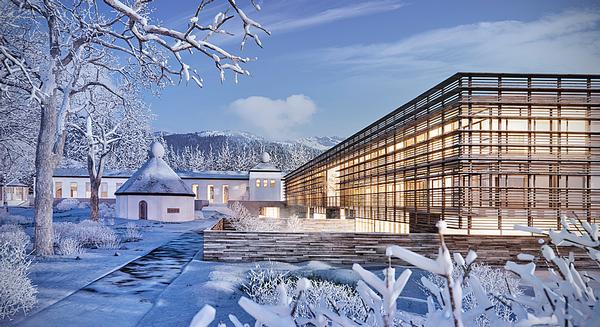
Very Wood
Thun has collaborated several times with Very Wood, an Italian furniture company that specialises in creating products for restaurants and public areas in hospitality environments. He recently launched Capri, a new indoor/outdoor range for 4 and 5 star hotels, wellness centres, bars, restaurants and lounge areas.
Capri products include a lounge armchair, dining chair, stool, coffee table, sunbed and sofas, each manufactured using oil-treated Iroko wood. Personality is created through customisable seating, backrests and decorative pillows.Buyers can choose from 25 types of upholstery, colour and pattern.According to Atelier Matteo Thun: “This is a timeless product that endures well beyond temporary design tendencies. We abstain from super-structures and stylistic excesses. The collection evokes the Mediterranean atmospheres itself, with warmth, intense colours and natural materials with no reference to current trends.”
Last year, you launched Atelier Matteo Thun – a B2B platform for your furniture and lighting for contract projects. Why did you decide to go in this direction?
We have always enjoyed working across disciplines, and this is a way to formalise that.
In 1952, when I was born, there was a famous conference in Athens attended by architects from all over the globe, including Le Corbusier, Skidmore Owings and Merrill and many others. There was a fantastic lecture by E. Rogers (‘From the Spoon to the Town’) that introduced to the world the approach of the Milan school of design. The idea was that in the morning you work on a spoon, and in the evening you work on town planning. This holistic process is quite demanding, but I believe I can continue that legacy. After all my design heroes followed this approach and they definitely survived. Atelier Matteo Thun is just a way to formalise this aspect of our work.
We want to share the furniture and lighting we have designed for hospitality, hospitals or senior homes. It is a platform for timeless, durable design and iconic shapes that focuses on quality, functionality and value. Everything we produce is really a customisable skeleton, so if you see one of our chairs in a hotel, you can go on the website and buy it for yourself in different shapes, sizes and colours.
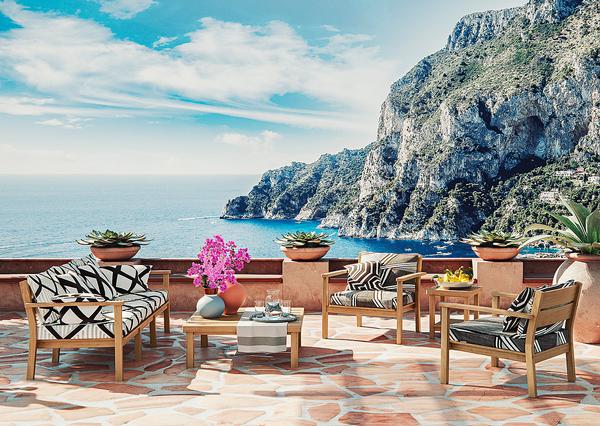
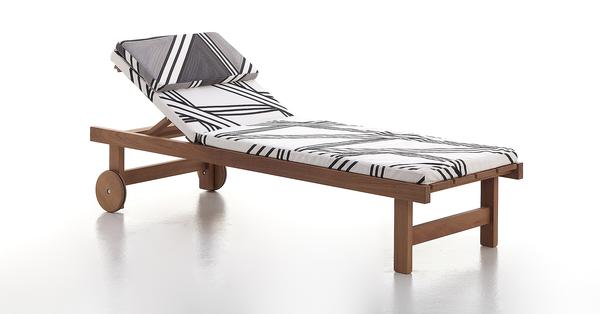
Bionic leaves, breathable metals and selfgrowing bricks... Biomimicry in architecture has come a long way. Christopher DeWolf takes a look at the latest advances



